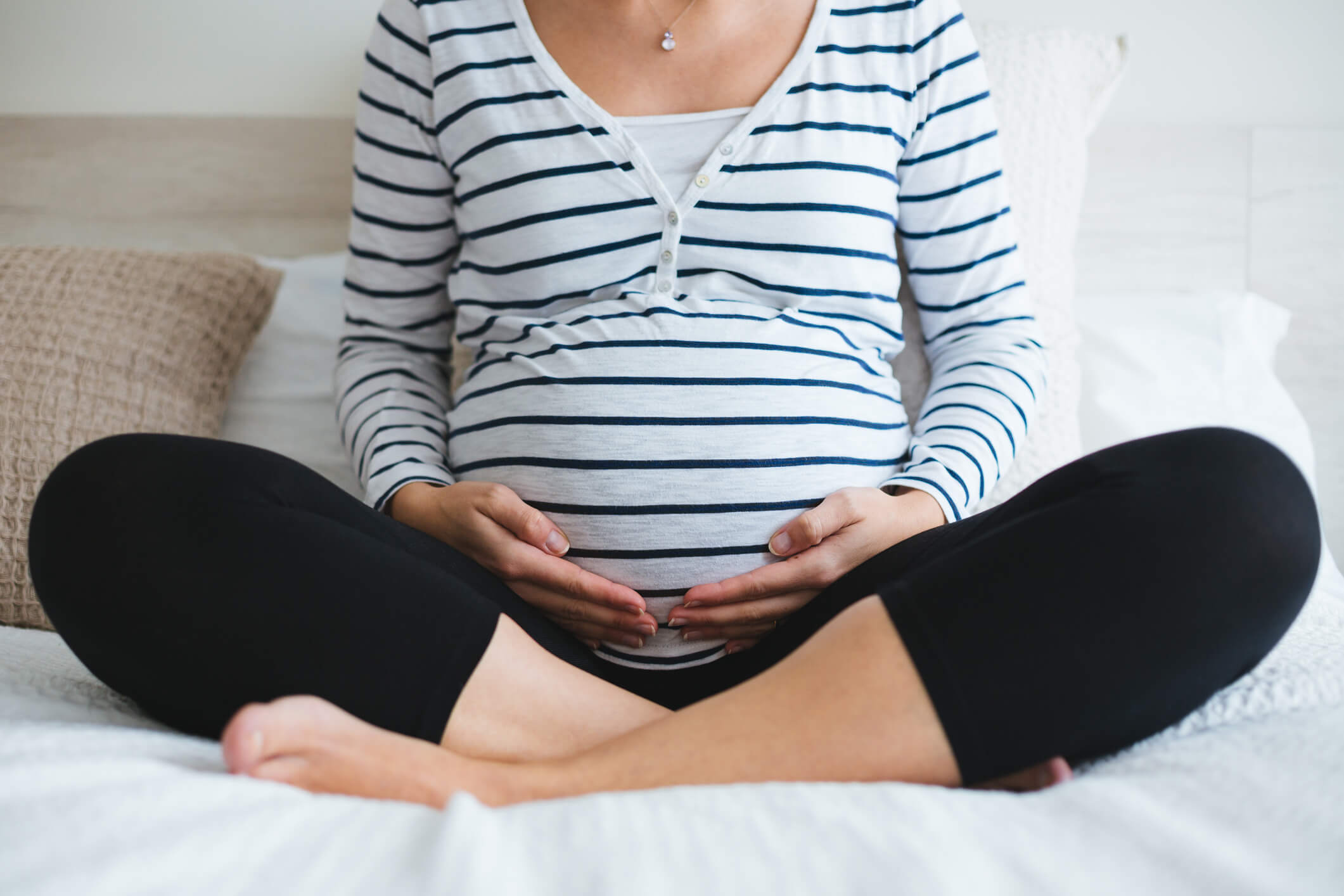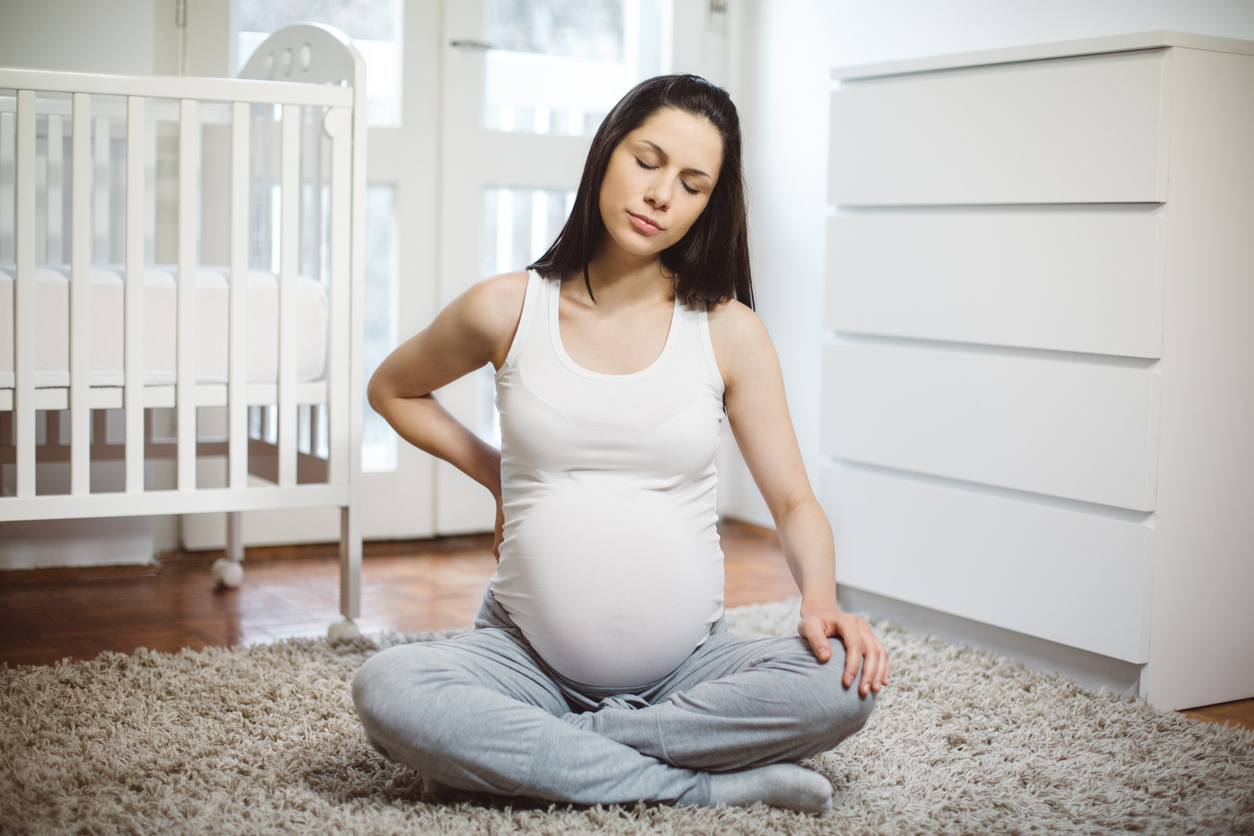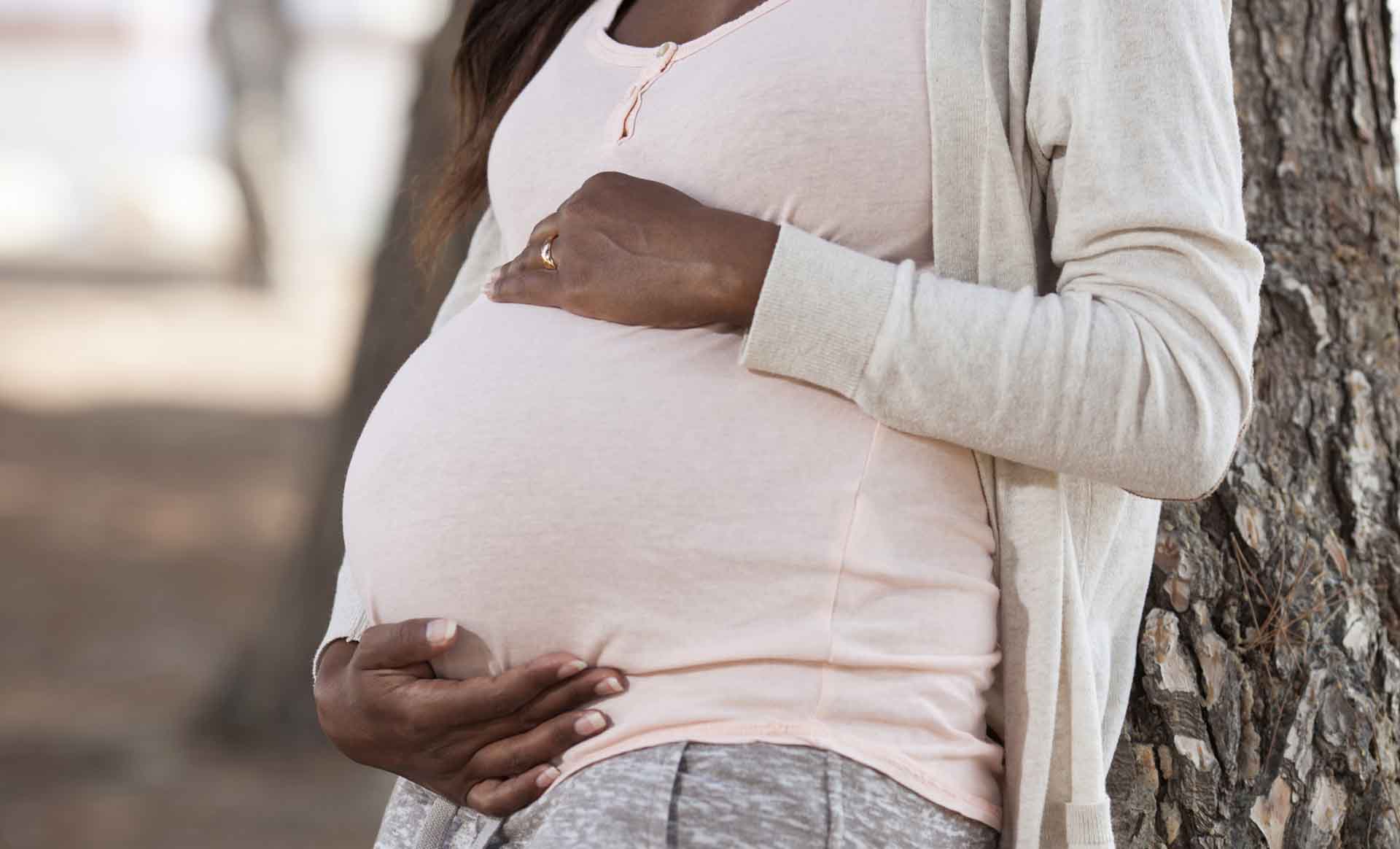Swelling is a normal part of pregnancy and as your baby bump grows, you may find that your fingers, hands, legs, ankles and feet are growing too. But don’t be alarmed if you can’t fit into your favourite shoes anymore - this extra fluid will usually go away about a week after delivery.
While swelling doesn’t tend to be a cause for concern, there are some signs and symptoms that shouldn’t be ignored. Read on to learn more about oedema and pre-eclampsia.
Where does the extra fluid come from?
Mild swelling - also known as oedema - may be experienced throughout the whole pregnancy but tends to increase towards the later stages of pregnancy. Various factors can contribute to swelling. For starters, your body retains more fluid during pregnancy. Around 60% of our body is made up of water but (thanks to those oh so infamous pregnancy hormones), the total volume of water in your body increases by eight to nine litres. Secondly, your growing uterus puts pressure on your pelvic veins, causing your blood flow to slow down and fluid that has ‘leaked’ from the veins tends to ‘pool’ in the lowest extremities of the body, like your hands and feet.
Oedema: Signs and symptoms
Oedema can be uncomfortable. You might experience a tingly sensation like pins and needles, stiff joints or aching in the affected body parts. And if you’ve experienced swelling, you may know that it tends to get worse as the day goes on. That’s because as the build-up of water increases, gravity draws it downwards allowing fluid to ‘pool’. Swelling can also get worse as the temperature rises. It’s part of your body’s cooling mechanism; when you’re too hot, your veins expand, allowing more fluid to leak into surrounding tissue, resulting in swelling.
What’s the best way to treat swelling?
Whilst uncomfortable, this type of swelling in pregnancy is usually harmless. To reduce and manage the swelling, try to:
Stay off your feet - Lie down with your legs higher than your head. This will improve your circulation. If you’re at work, keep a footstool or box under your desk and try to keep your legs up high. The calf muscles act as the pumps which help to return the blood to your heart, so keep these muscles working.
- Drink plenty of water - It may sound contradictory, but a well-hydrated body is less likely to retain fluid. Aim for 2-3 litres a day. A good guide that you are getting enough fluid is the colour of your urine. It should be clear or slightly straw coloured.
- Wear comfy shoes and clothing - Tight shoes and clothing can restrict blood flow. Avoid straps, bands or anything that might pinch on your ankles or calves.
- Get active – If you’ve been cleared to exercise and you were active before your pregnancy then go for walks, ride a bike or swim laps in a pool. Standing or walking in a swimming pool can help too.
Is your family growing?
Discover useful information about planning for a baby, managing the postpartum period and the transition into parenthood - including care and birth options, pregnancy health cover and costs, fertility and IVF, tips from medical professionals and more.
READ MORE: Staying hydrated during pregnancy
When should you worry about swelling?
Although swelling in pregnancy is normal, there are certain symptoms and signs that shouldn’t be ignored;
- Sudden or severe swelling in your face, hands or feet
- Puffiness around your eyes
- If the swelling is extensive and there at the start of the day
- If one leg is swollen and tender.
What is pre-eclampsia?
Pre-eclampsia is a serious pregnancy complication characterised by high blood pressure and is more likely to occur in a woman’s first pregnancy. Pre-eclampsia affects around one in ten women. Occasionally, cases are so severe that it can threaten the lives of both the mother and her unborn child. Pre-eclampsia usually arises during the second half of the pregnancy, and in some cases it may even occur after delivery.
Pre-eclampsia: Signs and symptoms
Pre-eclampsia can often be without symptoms initially which is why regular antenatal check-ups are important. Common signs include high blood pressure (hypertension) and excessive leakage of protein into the urine (proteinuria). Other advanced symptoms may include headaches, swelling, pain under the ribs, nausea, visual disturbances and dizziness. In its most severe forms, pre-eclampsia can cause problems in the kidneys, liver, brain and with blood clotting.
If your pregnancy is complicated by pre-eclampsia, your baby may grow slower than normal. In rare occasions pre-eclampsia can lead to convulsions or fits. This is a serious complication known as eclampsia.
Are you at risk?
The exact cause of pre-eclampsia is still unknown, but certain women appear to be more at risk than others, including:
- If it is your first pregnancy
- If you have a pre-existing high blood pressure or some other types of vascular disease
- If it runs in your family
- If you had assisted reproduction
- If you are carrying more than one baby
- Women at either end of the age range - teenage mothers and women over 35 years.
Prevention and treatment
Screening tests which help to identify women at an increased risk of developing pre-eclampsia are now available. These tests begin at 10 weeks gestation. Speak to your obstetrician to learn more and to arrange a referral.
There is no certain method of preventing pre-eclampsia, but if you are at an increased risk your obstetrician may prescribe you a low dose of aspirin to take throughout your pregnancy. The best way to protect yourself and your baby is to regularly attend your pregnancy care appointments where you will have your blood pressure monitored.
There is also no way to cure pre-eclampsia apart from delivering your baby and the placenta. Your doctor will most likely tell you to rest as much as you can, and arrange for you to have some blood tests as well as an ultrasound scan to review your baby’s well-being. The aim is to prolong your pregnancy for as long as possible and ensure the health of you and your baby. Sometimes medication is needed to control blood pressure. Some women will require admission to hospital for closer monitoring. In severe cases medicine may be required to reduce the risk of fits.
READ MORE: Painkillers and non-medical pain relief
Things to remember
Most women with pre-eclampsia will still be able to have a healthy pregnancy. Pre-eclampsia will get better once your baby is born, but you can still be at risk for up to four weeks post-birth. Make sure you attend all your pregnancy care appointments and call your doctor, midwife or obstetrician immediately if you suspect that you’re suffering from pre-eclampsia.







